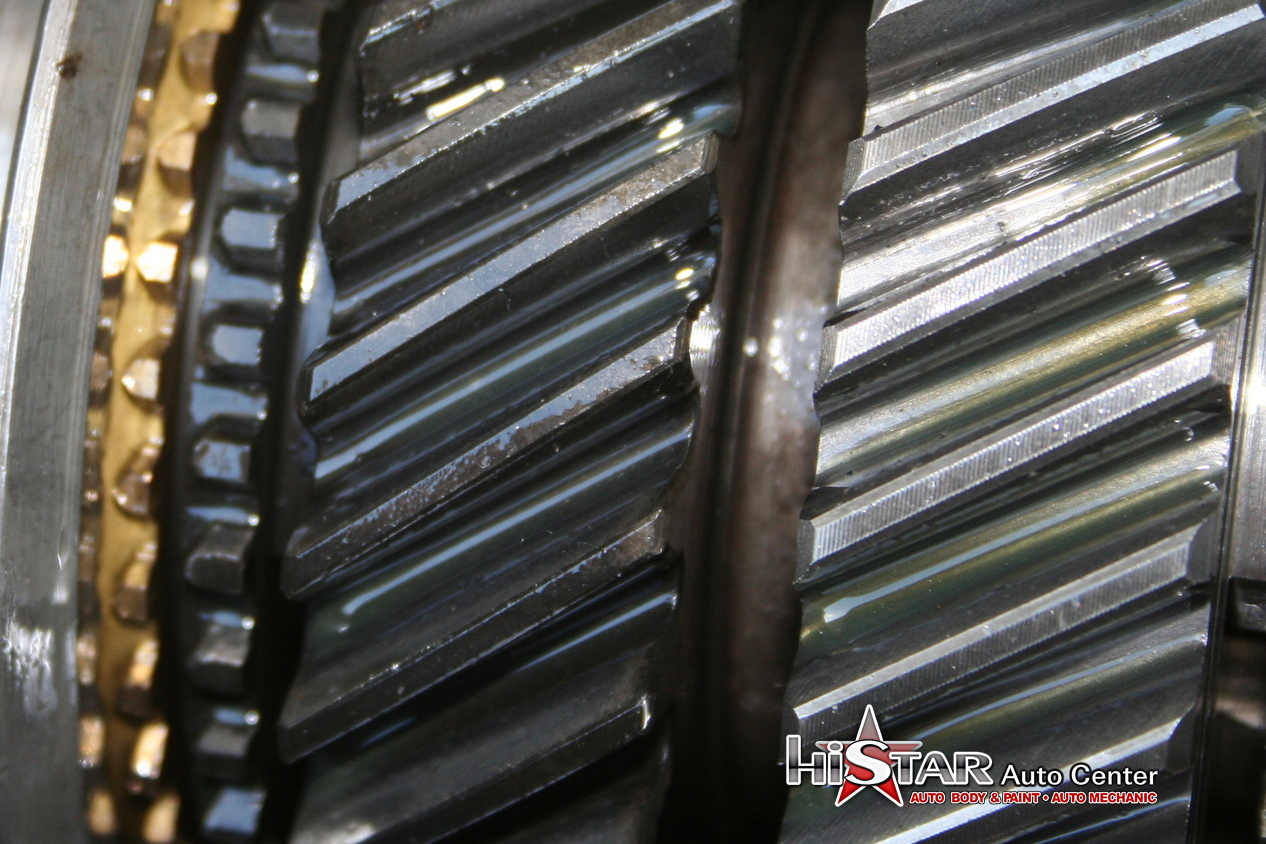Of all the fluids inside your car, transmission fluid is one of the most important and most crucial. This special type of fluid helps to keep your car’s transmission cool and lubricated, whether it be automatic or manual. Driving with low or dirty fluid inside your car’s transmission can cause unnecessary wear and tear on your car that could ultimately lead to unexpected and costly repairs. To keep your transmission running strong, lets take a close look at the importance of transmission fluid and transmission services.
Its Important to Change Your Transmission Fluid.. Here’s Why
No matter what kind of car, manual or automatic you may drive, you will need to change the transmission fluid according to the service schedule in your owner’s manual. Automatic transmission fluid should be changed every 60,000 to 100,000 miles. Manual transmission fluid should be change about twice as frequently, or every 30,000 to 60,000 miles. Over time, the fluid inside a transmission can degrade and break down. Eventually, old fluids will cease to keep all of the moving parts inside the transmission lubricated which causes increased wear and tear. This wear and tear is on the transmission itself! Old transmission fluid also can become contaminated with metal particles that can shorten the life of your transmission.
What Can I do In Between Changes?
Just because you can go up to 100,000 miles without needing to change your transmission fluid, you should still have a habit of checking your transmission fluid regularly between service intervals. Check the transmission fluid at least once a month, and be on the lookouts for leaks. If you notice that your car has started leaking fluid, take it to your local transmission shop right away to have the problem diagnosed and repaired before it can cause a bigger issue.
How Do I Check My Transmission Fluid?
Checking your transmission fluid is fast and simple. You just need to know where to look and what you are looking for.
- Start by parking your car on a level surface. Engage the parking brake and start the engine. Leave your park in park (neutral if manual) Let your engine warm up and continue to run throughout operation unless car owner manual says otherwise. Be aware that some automatic transmission fluid levels are checked with the engine off. Check your owner’s manual.
- Locate automatic transmission fluid dipstick, typically near where the transmission meets the rear of the engine. It will look similar to the oil dipstick.
- Remove the dipstick. Wipe clean, reinsert fully and remove again.
CAUTION: FLUID CAN BE EXTREMELY HOT! - Look at the markings at the end of the dipstick. Your dipstick might have two markings for “full” one warm, one cold. If the fluid level does not come up to the “warm” line, you will need to add transmission fluid.
- To add transmission fluid to your engine, insert a long funnel into the transmission fluid hole. Carefully add transmission fluid in small amounts, rechecking the level each time until fluid levels reaches “warm” line.
CAUTION: DO NOT OVERFULL OR SPILL TRANSMISSION FLUID ON HOT ENGINE PARTS! THIS CAN CAUSE INJURIES! - Reinsert the transmission fluid dipstick fully back into the hole
- Use a rag to wipe an excess liquid from around the hole and you are done!
Maintaining your transmission at a qualified transmission repair shop in Las Vegas will keep your car on the road a lot longer. If you are not comfortable checking your transmission fluid on your own, a friendly transmission service technician at Hi Star Auto Center will be happy to help you.


